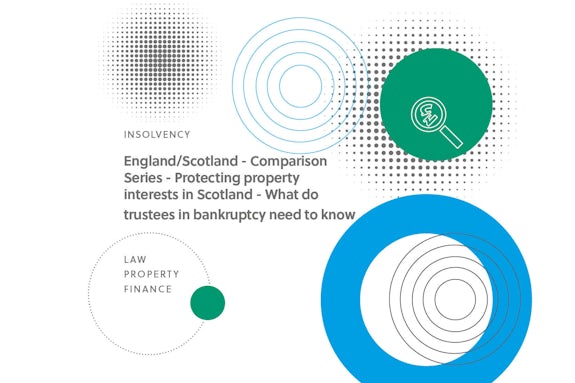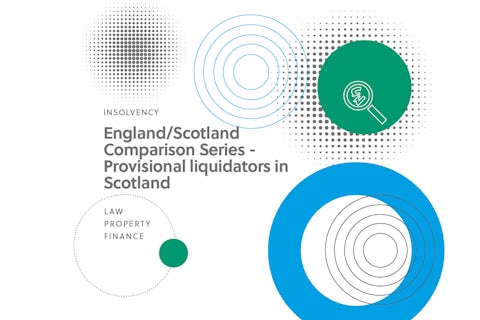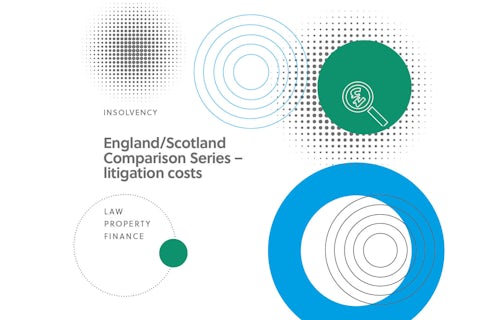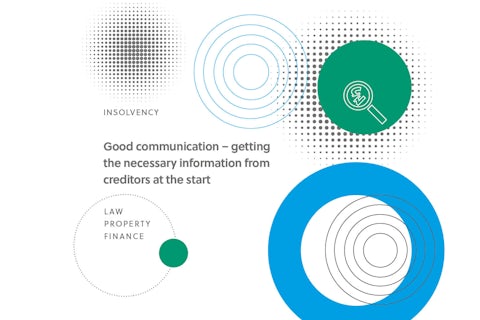In this article, we look at the situation for a Scottish bankruptcy and property in Scotland, and then what happens when someone is bankrupted under English law but owns property in Scotland.
When someone is sequestrated (bankrupted) in Scotland, Scots bankruptcy legislation provides for an inhibition to automatically be recorded in the Scottish Register of Inhibitions for a period of three years (which can be extended). The inhibition operates in a similar fashion to a bankruptcy notice or restriction in England and Wales – broadly to prevent a sale of heritable property without the trustee in sequestration knowing about it.
If there is an attempt to sell an inhibited property to an innocent third party, the inhibition will show on a search carried out by the third party purchaser’s solicitor and the sale will not go ahead. If the bankrupt manages to transfer the property to an associate or similar, the inhibition effectively allows the transfer to be unwound by the trustee.
For bankruptcies awarded in England however, there is no provision in either the Bankruptcy (Scotland) Act 2016 or the Insolvency Act 1986 to have the trustee in bankruptcy’s interest in a property automatically recorded in the same way. This leaves open the possibility that a bankrupt may manage to sell or burden a property without the trustee’s knowledge.
All is not lost, however. A trustee in bankruptcy appointed under English law can still obtain the protection of an inhibition. An application can be made to the court in terms of section 426 of the Insolvency Act 1986 to have the Bankruptcy Order and trustee’s appointment recorded in the Register of Inhibitions. Once the court order is recorded in the Register of Inhibitions, the trustee will have the same protection against a transfer of the property as a Scottish trustee.
We always recommend that inhibitions be checked shortly after a trustee in bankruptcy is appointed and if none are in place to take steps to have one registered. If a bankrupt manages to transfer a property out of the bankruptcy estate without their trustee knowing, the creditors can look to the trustee to make good on the value lost.
If you would like further information regarding the topics discussed in this blog, please contact:
Eilidh MacEwan by email: emacewan@gilsongray.co.uk or by phone: 0131 285 1809 / 07376 192 463.
Steven Jansch by email: sjansch@gilsongray.co.uk or by phone: 0131 516 5361 / 07841 920 100.
You can visit our dedicated Insolvency page here.






